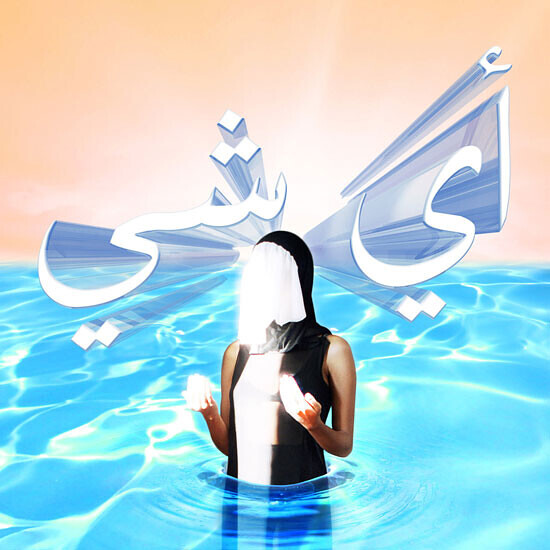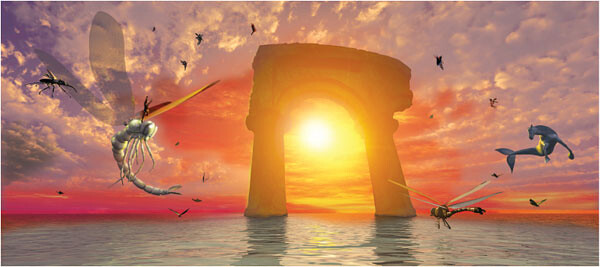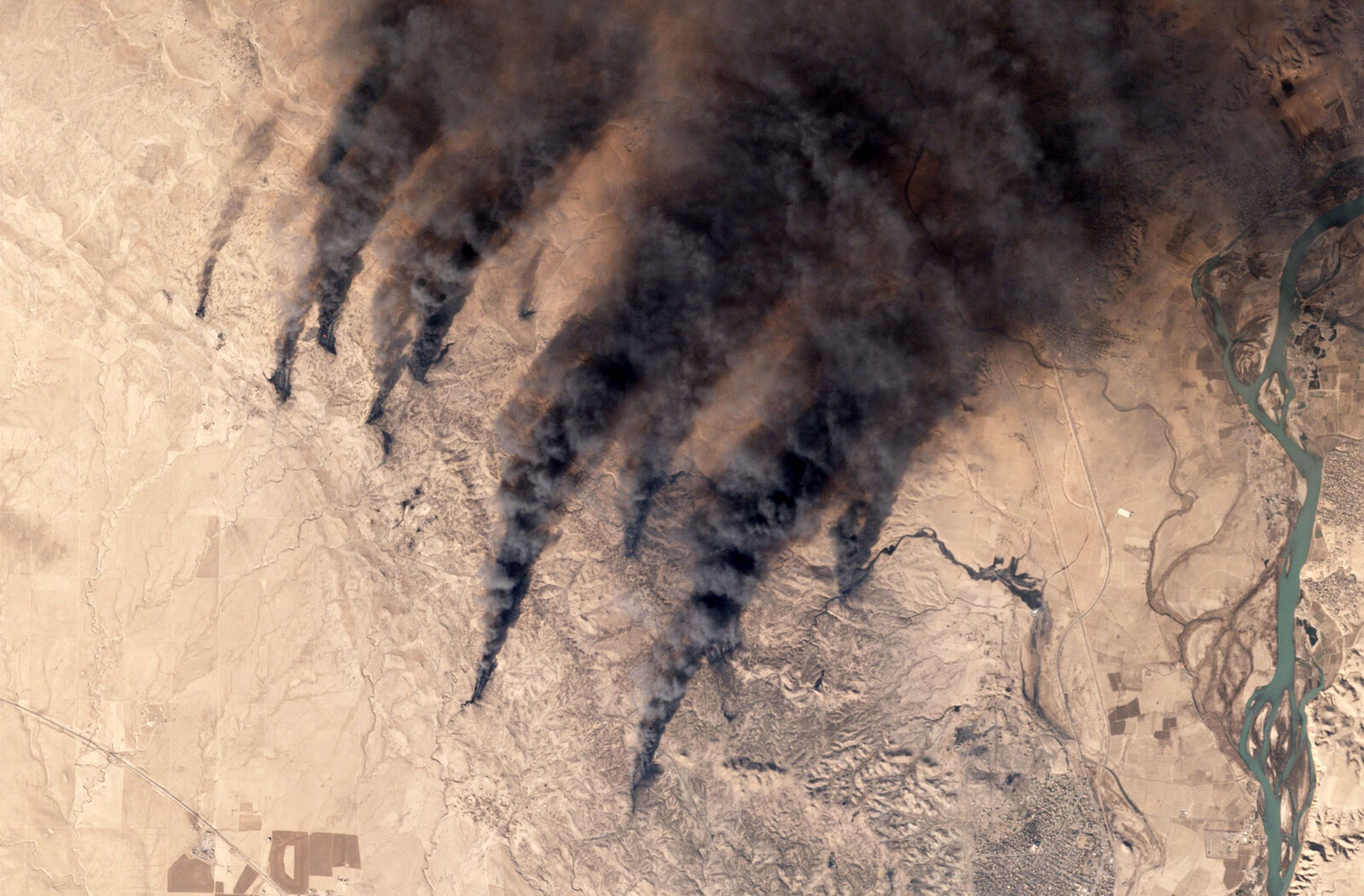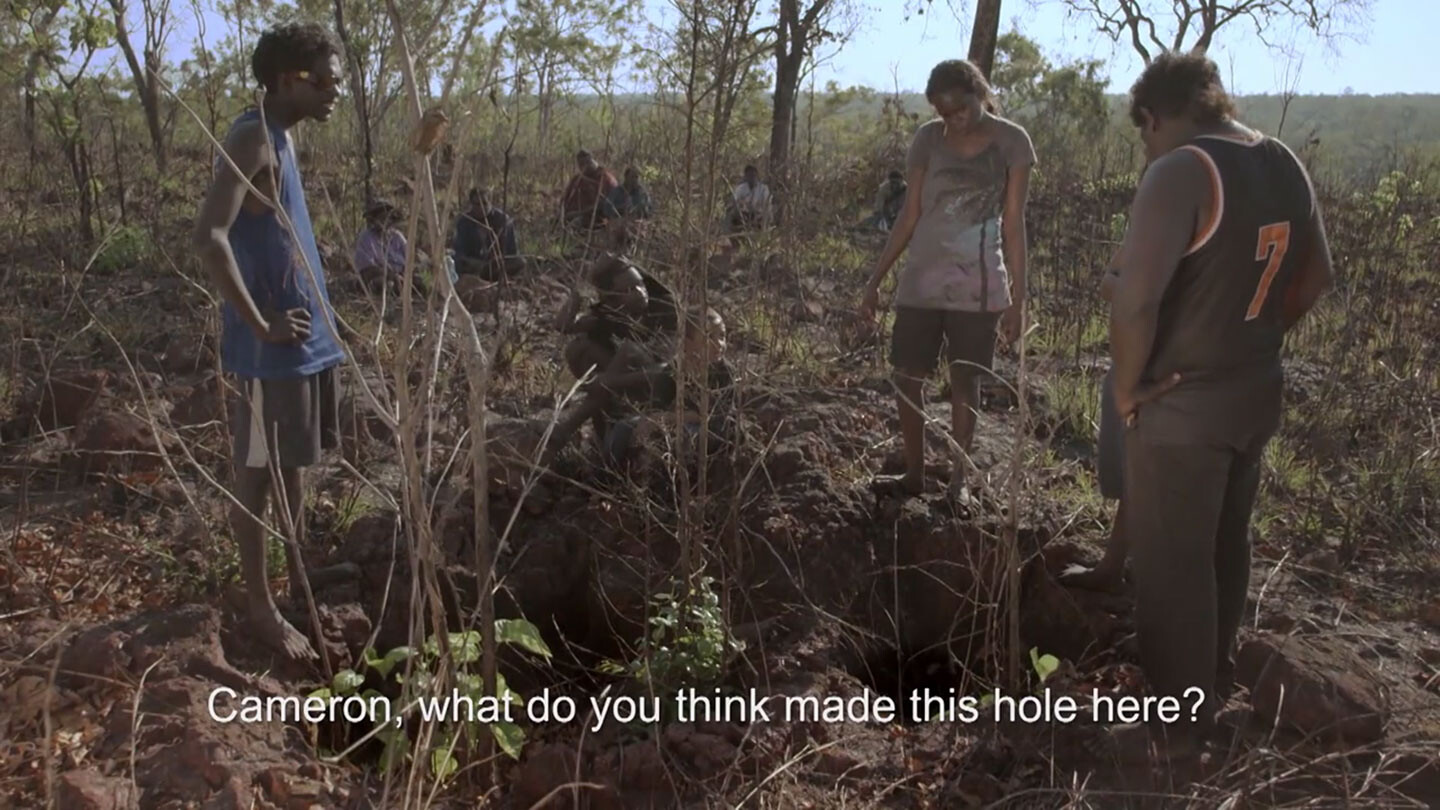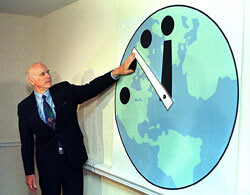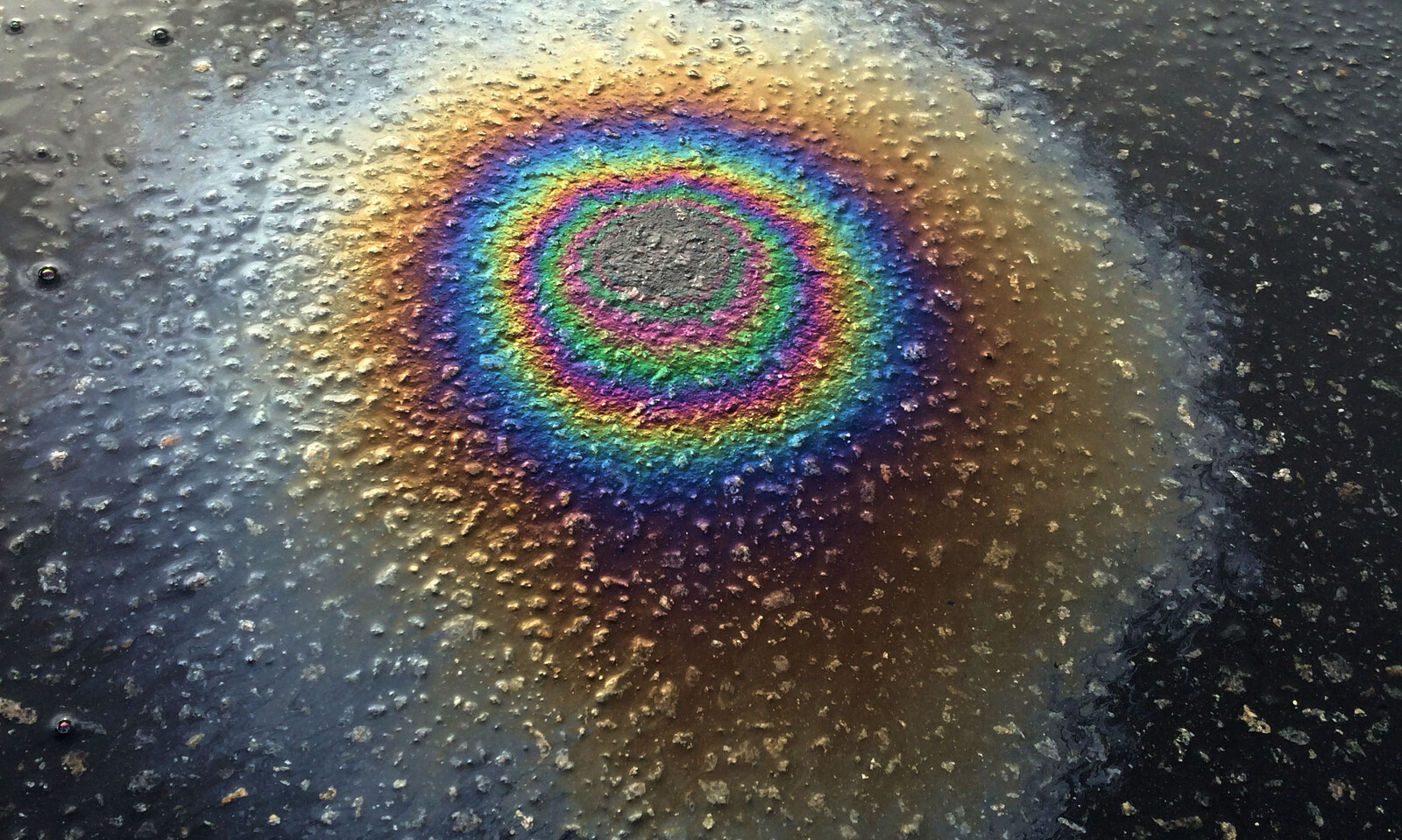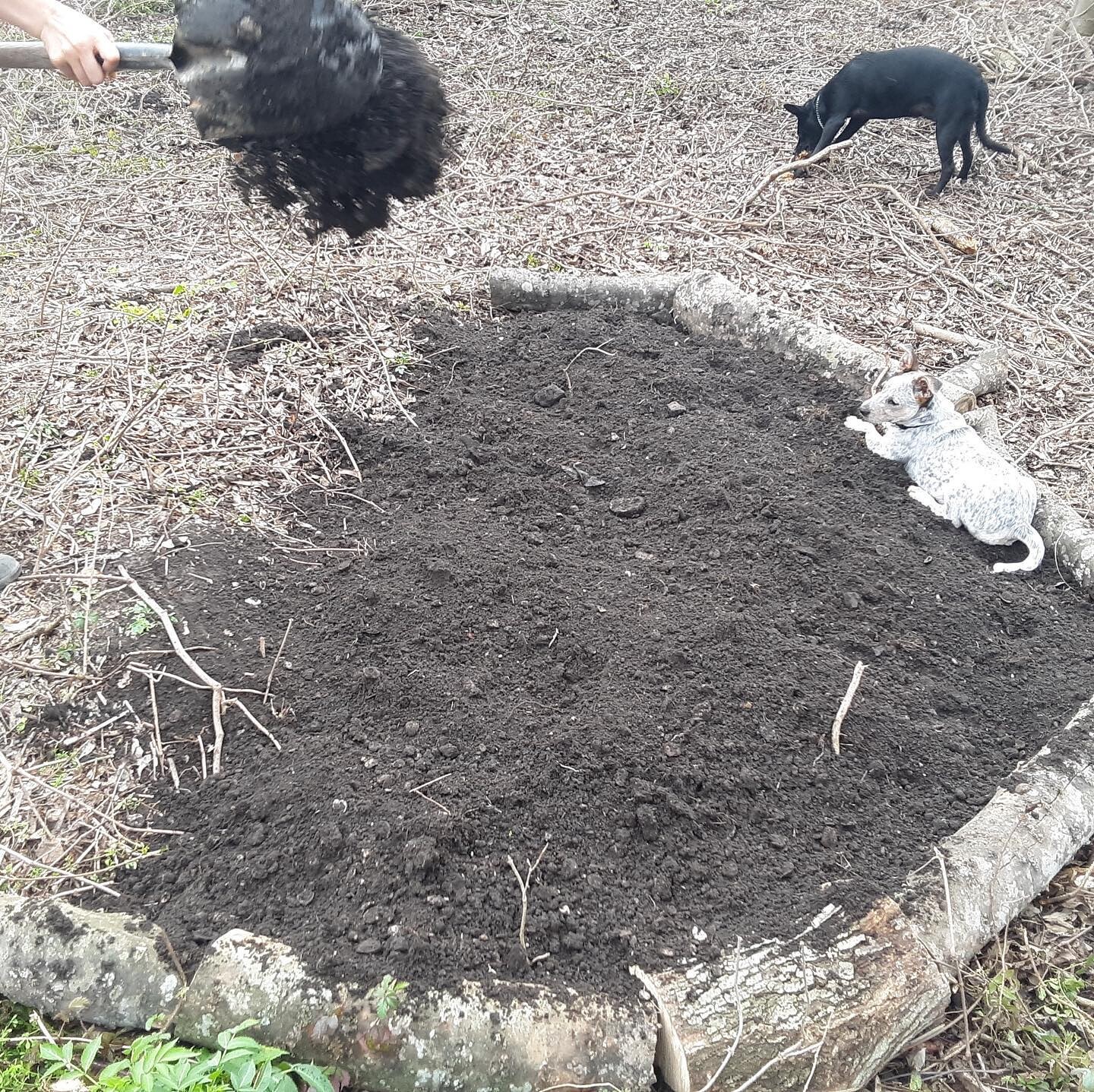Desert
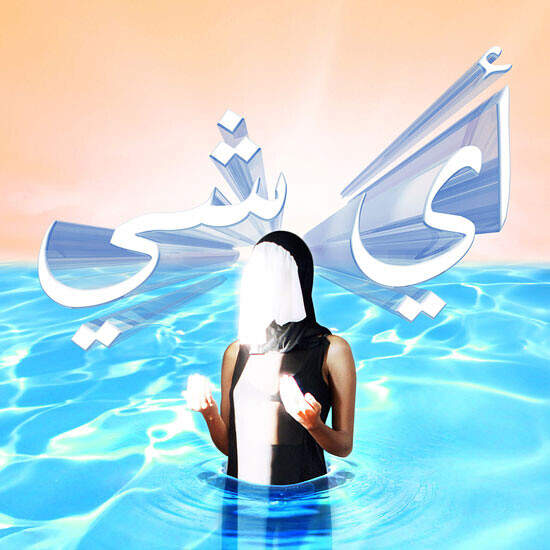
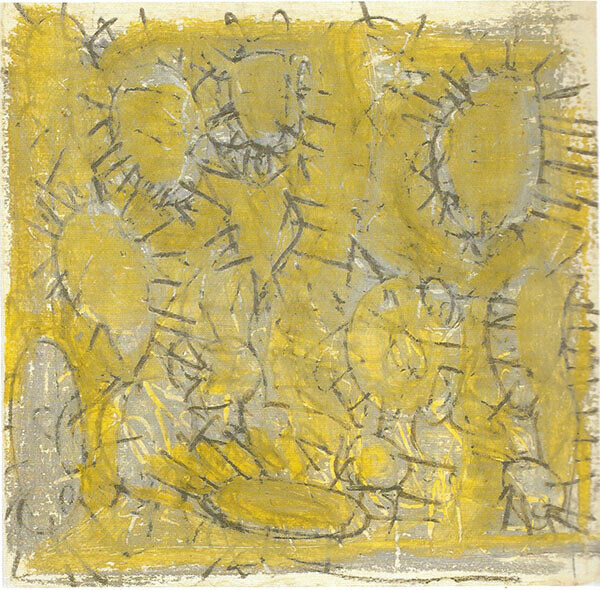
In the Bible and the Qurʾān the desert is described as a place of penance from which temptation can emerge; a void from which oases and mirages flow. This reader inhabits the desert in its dichotomy void / life, and the political use of this image as a central paradigm of contemporaneity. The desert is the projection of a void that justifies the occupation in settler colonialism; its name projects an empty landscape for a war presented without side effects; its lifeless surface of dunes justifies the exploitation of its subsoil. It is the non-human term of comparison through which the modern idea of the human conquers a central space. At a time when desertification is advancing towards a potential planetary dimension, this reader sees the desert not only as a consequence, but as the founding image of a politics of conquest. In the same way that dehumanization precedes extermination, desertification (real and projected) precedes exploitation. In tracing this contemporary paradigm of the desert (void / life), this reader gives rise to alternative forms of imagination of its space: an idea of apparition/mirage as something that undermines the opposition of void and reality, and Sophia Al -Maria’s forms of counter-imagination of this space.
Za’atar, the most widely used herb in any Palestinian (or Levantine) kitchen, was the first edible plant to be red-listed in Israeli law books. It was 1977 when Israel’s then minister of agriculture, Ariel Sharon, declared it a protected species, effectively placing a total ban on the tradition of collection, punishable by hefty fines and up to three years in prison. There were no official scientific studies published to legitimize the ban; rather, it was presented as a “gut” decision. Rumor has it that Sharon caught onto the symbolic value of za’atar after the 1976 siege of Tel al-Za’atar, Arabic for “thyme hill.” This Palestinian refugee camp, established north of Beirut in 1948, suffered one of the worst massacres of the Lebanese Civil War in a battle fought between the armed factions of the PLO and the Christian Lebanese Militia—the very same phalangist militia with whom Sharon would form an alliance in the 1982 massacre of Sabra and Shatila.
Trump speaks excitedly, as though he is the first person to think of bombing the shit out of Iraq. He speaks about the beauty of the burning oil fields remade in Exxon’s image. A year later, Trump’s words proved prescient. In the summer of 2016, oil fields across northern Iraq burned, with credit due not to Trump, but ISIS. Civilians in northern Iraq lived under a thick layer of toxic soot for eight months until the fires were finally put out in February 2017. Time will tell what damage, generational and in this lifetime, was caused to humans and the environment alike. Meanwhile, Trump also proposed a 10 percent increase—fifty-four billion dollars—in the US military budget, because we are going to win. What you can’t take by being a nice guy, you take by force. Beautiful women, oil fields, whatever.
The Desert does not refer in any literal way to the ecosystem that, for lack of water, is hostile to life. The Desert is the affect that motivates the search for other instances of life in the universe and technologies for seeding planets with life; it colors the contemporary imaginary of North African oil fields; and it drives the fear that all places will soon be nothing more than the setting within a Mad Max movie. The Desert is also glimpsed in both the geological category of the fossil insofar as we consider fossils to have once been charged with life, to have lost that life, but as a form of fuel can provide the conditions for a specific form of life—contemporary, hypermodern, informationalized capital—and a new form of mass death and utter extinction; and in the calls for a capital or technological fix to anthropogenic climate change.
What we think is solid ground in fact just covers this tenacious black liquid, a subterranean cemetery of enormous animals that inhabited the Earth long before us. I even believed that the scary dinosaurs could reemerge from the swamp-like pools created by oil spills, like the Loch Ness monster protruding from the water. Dialectically, oil retained something from that organic life, the death of which was its origin. The oil of my childhood was neither living nor dead, but a living dead, an undead, or an uncanny and utterly inhuman afterlife of ancestral animals.
By learning the song of the land, we may just outlast a civilization determined to take us down with it. In abandoning the universal, we may find the ground waiting beneath our feet. Seeking the guidance of the world around us, we might allow ourselves a small beginning in new worlds to come.
